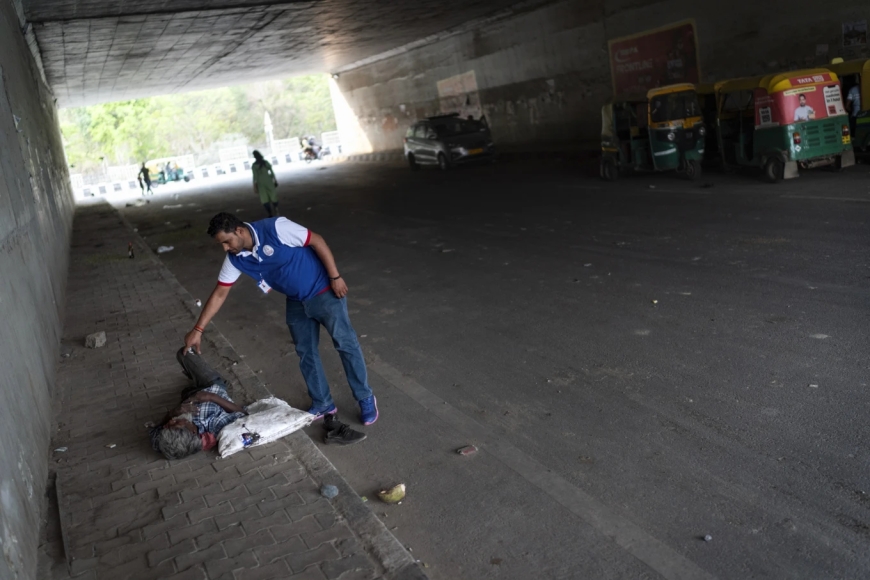The Hidden Crisis of Elderly Abandonment in India
In a country revered for its rich cultural heritage and deep respect for elders, a troubling trend has emerged. Increasing numbers of elderly individuals are being abandoned by their families, left to fend for themselves in a society that traditionally values multigenerational living and familial support.

In a country revered for its rich cultural heritage and deep respect for elders, a troubling trend has emerged. Increasing numbers of elderly individuals are being abandoned by their families, left to fend for themselves in a society that traditionally values multigenerational living and familial support.
Avanish Kumar, part of a rescue crew from the Saint Hardyal Educational and Orphans Welfare Society (SHEOWS), frequently approaches destitute elderly individuals living on the streets, offering them refuge in the organization’s shelter in New Delhi. These individuals have been found in gutters, on streets, in bushes, and at various public places, abandoned due to illness, financial strain, or simply due to old age.
“They said, ‘Taking care of him is not our cup of tea,’” recounts 65-year-old Amirchand Sharma, a retired policeman left to die by his sons after a severe accident. This heartbreaking narrative is one among many that reveal a growing crisis in India, where the elderly are increasingly neglected by their own families.
Changing Social Dynamics
India’s traditional social structure, which emphasizes caring for aging parents, is being challenged by expanding lifespans, urbanization, and a shift towards Western values. Courtrooms are filled with cases of parents seeking financial support from their children, while the streets are populated with elderly individuals who have been abandoned.
A burgeoning number of nonprofit organizations have emerged to address this issue, establishing shelters like SHEOWS that provide care for the abandoned elderly. SHEOWS alone houses about 320 people on 16 acres of land in Garhmukteshwar, most of whom have been deserted by their families.
Stories of Survival
Each resident at SHEOWS has a poignant story. One woman lived at a temple for over eight years after her children left her there. Another resident was forced out by her son, who prioritized his wife’s demands over his mother’s well-being. A man, who arrived at the shelter severely malnourished, consumed 22 rotis in one sitting, reflecting the dire state in which many are found.
Birbati, the lead caregiver in the women’s building, shares that the stories of those she cares for often haunt her dreams. “Each of them has a story,” she says. “All are sad stories.”
The Broader Implications
The demographic shift in India is significant. By 2050, two-thirds of the world’s elderly population will reside in developing countries. India, in particular, will see a dramatic increase in its elderly population, far outpacing the growth of its younger demographic.
This shift brings both challenges and opportunities. While increased lifespans are a testament to improved healthcare and living conditions, they also come with greater medical needs and financial pressures. Traditionally, sons are expected to care for their aging parents, with the responsibility often falling on women. However, absentee children and inadequate support systems are becoming more common, forcing some elderly individuals to leave toxic family environments or face abandonment.













































